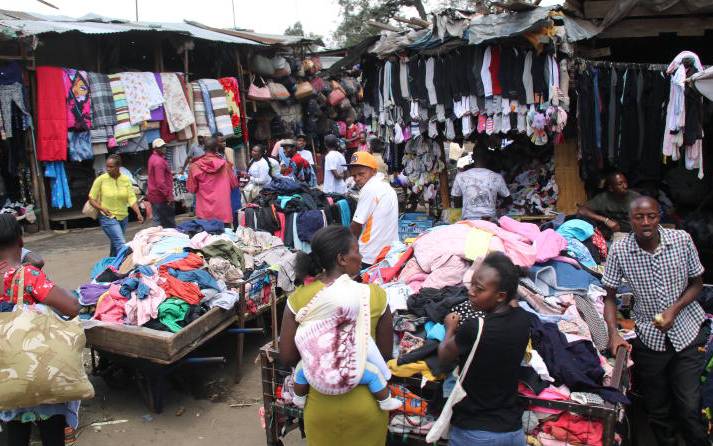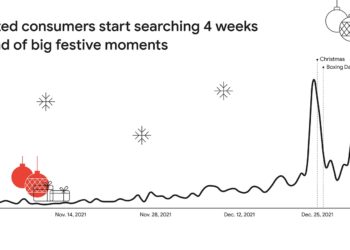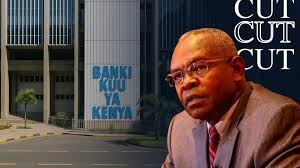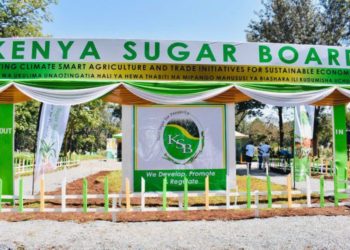Latest data from the Kenya National Bureau of Statistics for the second quarter of 2023 indicate that the importation of second-hand clothes, known locally as Mitumba, increased by 30.6% to 53,979 metric tons from 41,314 metric tons in the same period last year.
This is despite indications by the government that it intends to ban the importation of these clothes. Former Cabinet Secretary of Trade, Investments and Industry Moses Kuria said there are ongoing plans to impose more taxes on Mitumba imports to promote the local textile industry.
The data shows Kenya’s second-hand clothing market is a significant economic driver, meeting demand for affordable clothing options. But what would happen if a ban or higher taxes were imposed?
Mitumba traders, who have carved out livelihoods importing and selling the used clothes, would face uncertainty and economic disruption. For them, this is about feeding families and supporting communities, not just commerce.
The government’s point on promoting local industry is valid. There is a rising trend of locally produced clothing and fashion in Kenya. Talented Kenyan designers and entrepreneurs are making their mark, creating stylish, affordable and sustainable clothing.
In a post-ban world, this local fashion movement could thrive, creating opportunities for the fashion industry. Kenyan designers see potential to replace imported Mitumba with high-quality, locally-made options.
So the contention is between the economic interests and livelihoods of Mitumba traders and the need to promote the local textile industry – which should the government prioritize, and could the country live with either decision?
One solution could be Mitumba traders pivoting to sell locally made clothing, thereby contributing to fashion sector growth. In deciding, the government must strategically weigh the risks and consequences of losing Mitumba market revenue.


















